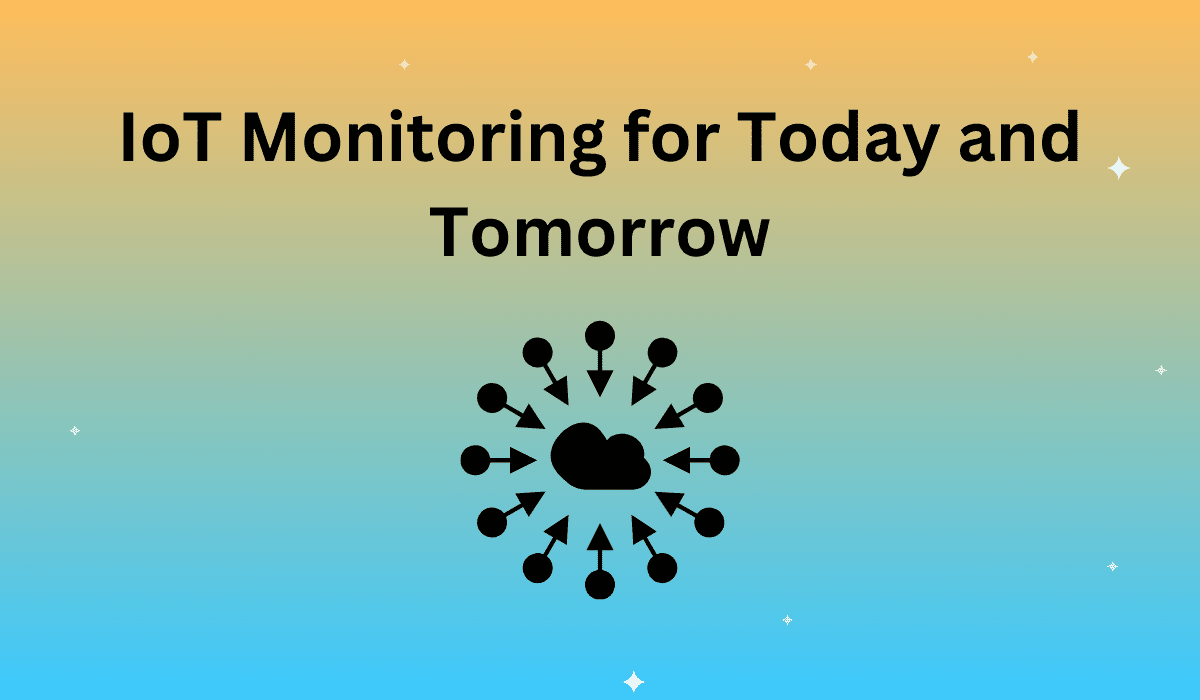The two buzz words this year have been the “Connected Car” and “IoT Device.” The automotive industry has taken the lead in ensuring both are integrated into their innovations and even the services they offer. Automotive manufacturers are moving to not only deliver the most innovative autonomous cars, but also the ability to connect to any device or service from these vehicles. This really starts to pivot how the manufacturers look at delivering more than just efficiencies or horsepower depending on your preference of automobile. With the advent of digital everything, manufacturers are taking a deep look at the overall services that can be delivered from such vehicles. This is causing companies like Volvo, BMW, Mercedes, and many others to innovate and in essence, become software companies as well.
With the advent of software car companies in play, now more than ever the importance of monitoring these services and more importantly, all the connected devices to the cars will be critical to any successful role out.
Why is this different from monitoring IoT devices today?
The challenge is that the monitoring has to happen on devices that connect, disconnect and re-connect to an IoT platform. These platforms are very critical and require performance monitoring. With monitoring, you can ensure that the car is connected to the platform and then the human users via Mobile / or partners can connect to a car via an API to the platform. This needs to be validated around the world as well as from different devices and applications platforms. Quit a different use case vs a one-dimensional website.
Connected IoT devices are the gateway where device-to-device and consumer apps can control what is happening. What’s interesting is that this is all done in different protocols versus consumer devices like mobile phones where everything is done through an API. With IoT connected devices baked into the car, it is easy to see why performance and productivity are a top priority. The key is making sure all devices can communicate what is happening and they are doing what is expected.
It can be a challenge to manage the performance of these devices because of the API. To help quickly move to this new service approach, automotive manufacturers should avoid the build it themselves approach, but instead use a commercial platform and then incorporate a monitoring solution to ensure the devices and platform service are functioning properly.
What are the implications of IoT on the network in the future?
For starters, scaling these services can go from just a few devices to millions with early adopters to quick adoption by mainstream users. You can bet that connected devices and the services tied to them will become more-and-more integrated with most business models. This means that delivery and uptime will be critical. Without the right performance monitoring in place, customers will feel like they are stuck behind someone at a green light.
Due to this, it is important to make sure that you have in place an end-to-end monitoring policy that includes IoT monitoring. I know that IoT monitoring can be a special discipline, so make sure you have a gateway or system that will handle it all. Additionally, as most automotive manufacturers are global, their monitoring needs will need to become global as well and scale according to demand.
To deliver new innovative services and features within a connected car, they must include all the key infrastructure and software within the device or vehicle. This way, automotive manufacturers can ensure that all the connected services will be running properly. With so many moving pieces and so many companies vying for pole position, performance should be a priority and not a bolt-on afterthought. I would even say that companies that integrate an end-to-end performance monitoring policy will have a much better position in pleasing their customers.








